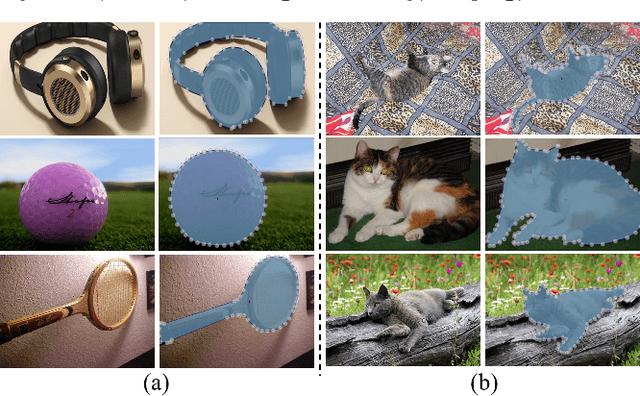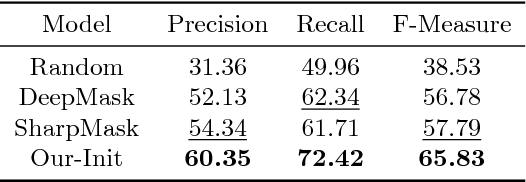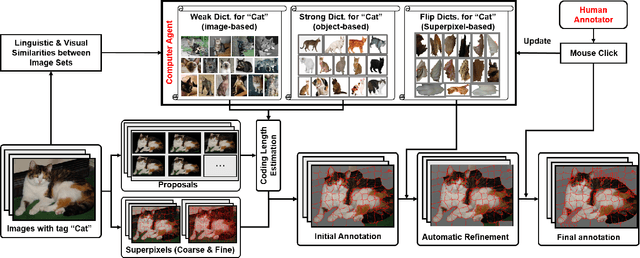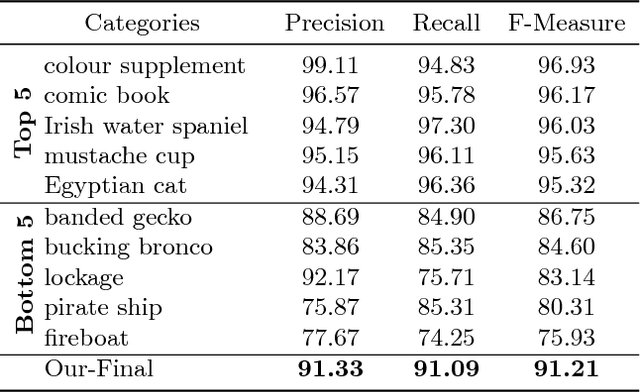Chenghan Fu
Creative4U: MLLMs-based Advertising Creative Image Selector with Comparative Reasoning
Aug 18, 2025Abstract:Creative image in advertising is the heart and soul of e-commerce platform. An eye-catching creative image can enhance the shopping experience for users, boosting income for advertisers and advertising revenue for platforms. With the advent of AIGC technology, advertisers can produce large quantities of creative images at minimal cost. However, they struggle to assess the creative quality to select. Existing methods primarily focus on creative ranking, which fails to address the need for explainable creative selection. In this work, we propose the first paradigm for explainable creative assessment and selection. Powered by multimodal large language models (MLLMs), our approach integrates the assessment and selection of creative images into a natural language generation task. To facilitate this research, we construct CreativePair, the first comparative reasoning-induced creative dataset featuring 8k annotated image pairs, with each sample including a label indicating which image is superior. Additionally, we introduce Creative4U (pronounced Creative for You), a MLLMs-based creative selector that takes into account users' interests. Through Reason-to-Select RFT, which includes supervised fine-tuning with Chain-of-Thought (CoT-SFT) and Group Relative Policy Optimization (GRPO) based reinforcement learning, Creative4U is able to evaluate and select creative images accurately. Both offline and online experiments demonstrate the effectiveness of our approach. Our code and dataset will be made public to advance research and industrial applications.
Collaborative Annotation of Semantic Objects in Images with Multi-granularity Supervisions
Jun 27, 2018



Abstract:Per-pixel masks of semantic objects are very useful in many applications, which, however, are tedious to be annotated. In this paper, we propose a human-agent collaborative annotation approach that can efficiently generate per-pixel masks of semantic objects in tagged images with multi-granularity supervisions. Given a set of tagged image, a computer agent is first dynamically generated to roughly localize the semantic objects described by the tag. The agent first extracts massive object proposals from an image and then infer the tag-related ones under the weak and strong supervisions from linguistically and visually similar images and previously annotated object masks. By representing such supervisions by over-complete dictionaries, the tag-related object proposals can pop-out according to their sparse coding length, which are then converted to superpixels with binary labels. After that, human annotators participate in the annotation process by flipping labels and dividing superpixels with mouse clicks, which are used as click supervisions that teach the agent to recover false positives/negatives in processing images with the same tags. Experimental results show that our approach can facilitate the annotation process and generate object masks that are highly consistent with those generated by the LabelMe toolbox.
 Add to Chrome
Add to Chrome Add to Firefox
Add to Firefox Add to Edge
Add to Edge